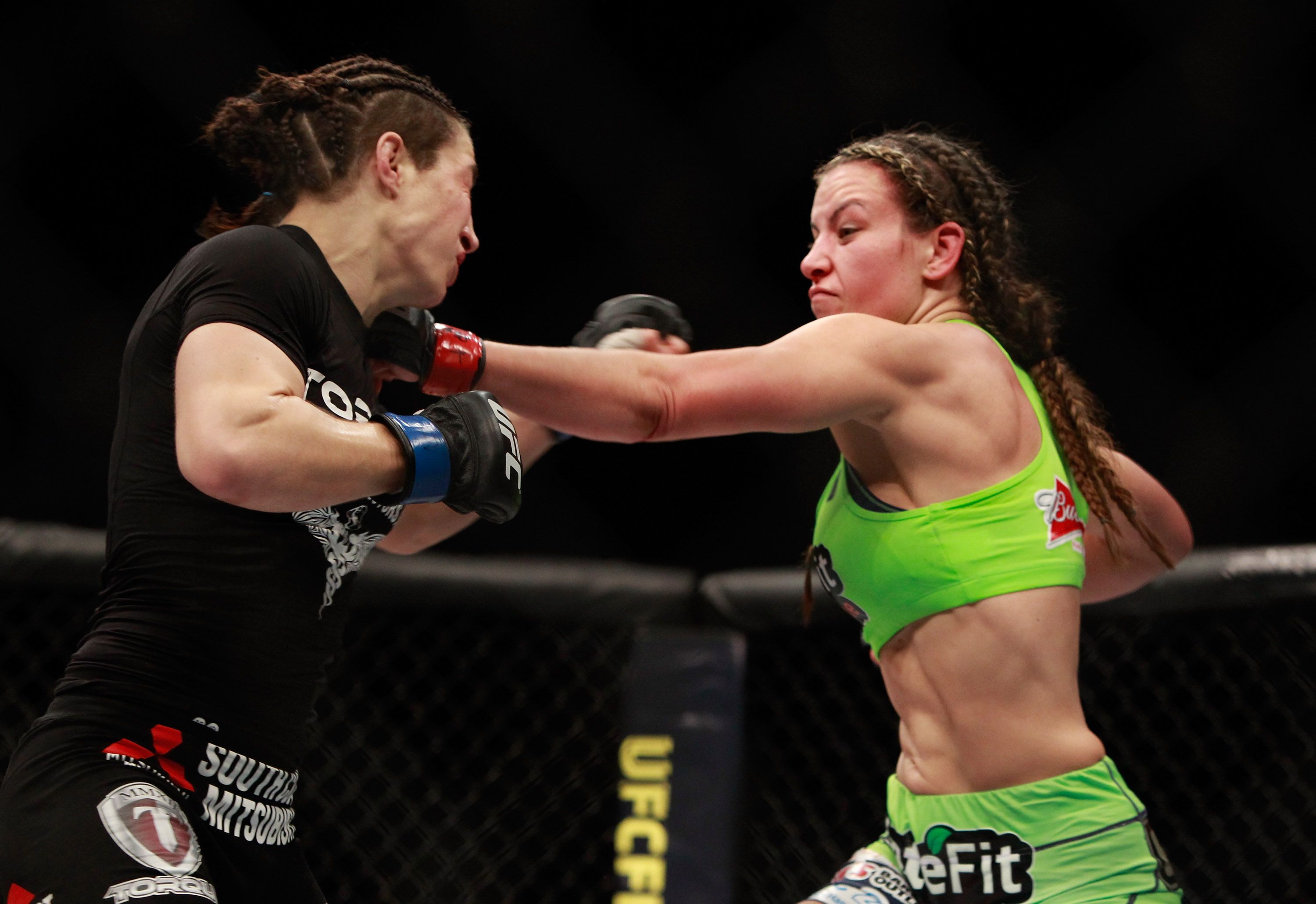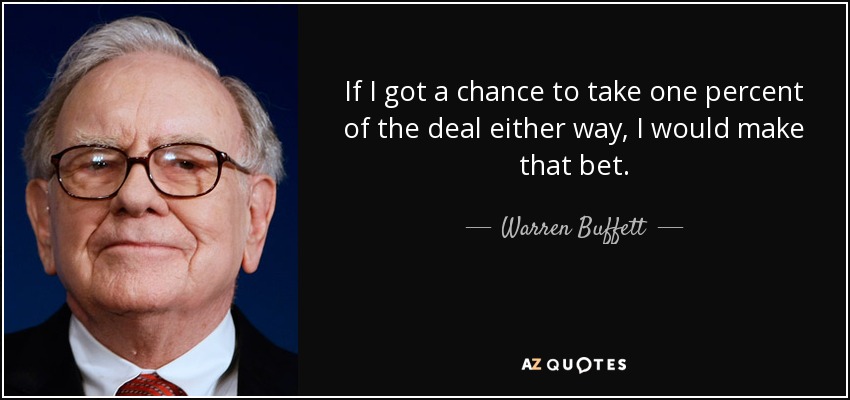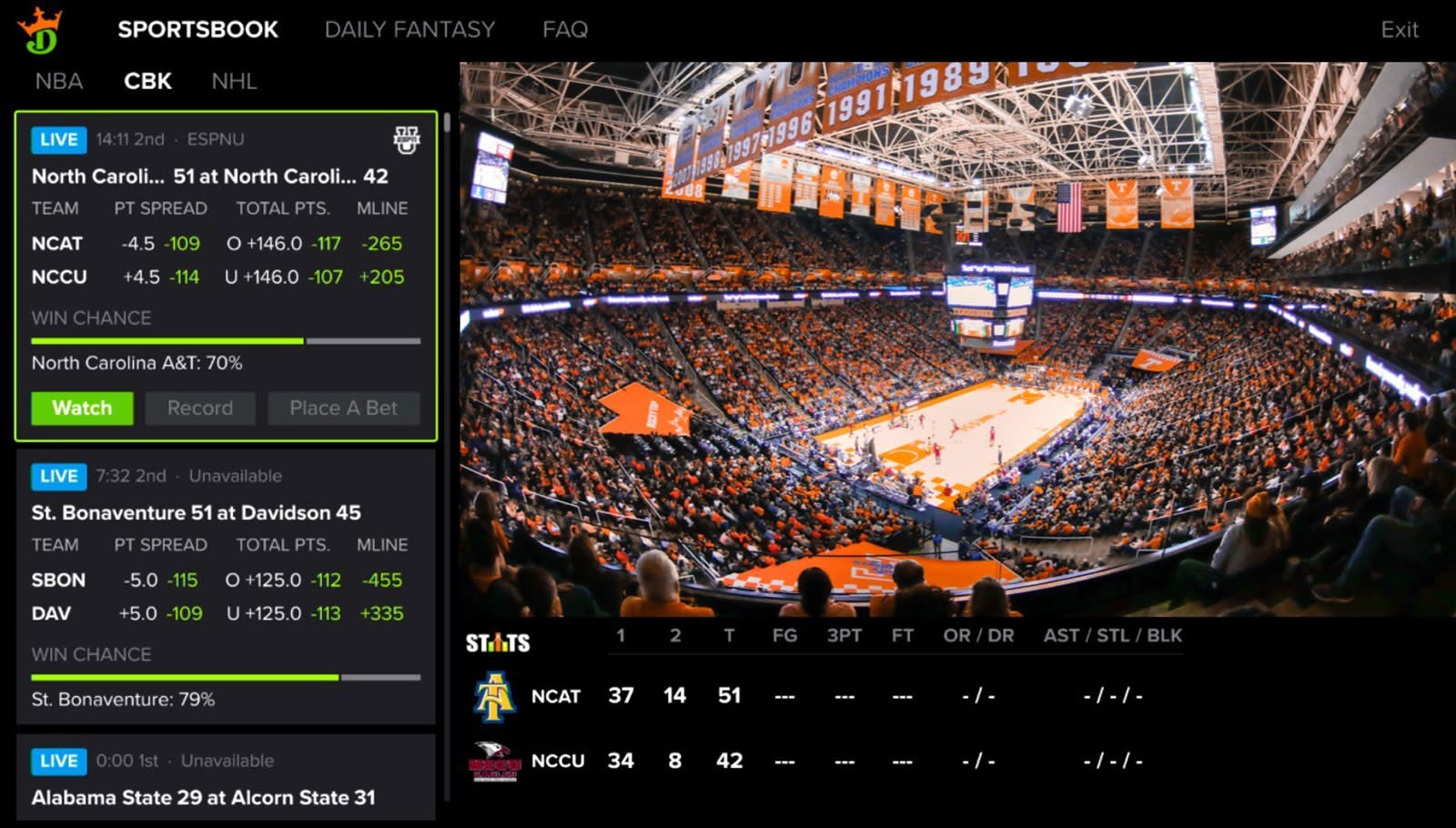Make That Bet
Posted : admin On 3/30/2022If you want to know how to make money sports betting, you’re probably already a sports fan.
I have bad news for you – most sports fans lose money sports betting.
Another word for make a bet. Find more ways to say make a bet, along with related words, antonyms and example phrases at Thesaurus.com, the world's most trusted free thesaurus. Matched betting is sometimes called double betting and it is pretty simple once you understand the basics. This is a type of bet in which you take advantage of the bookie’s free bets offer or other incentive. This is the best way to make money betting. It is a virtually risk-free type of wager that lets you calculate the best way to bet your.
That’s because they have biases and prejudices toward and against teams that wouldn’t exist if they weren’t fans.
- Senators Roger Marshall and Marco Rubio are making a friendly wager over the outcome of the Super Bowl.Marshall, a Kansas republican, has vowed to send Rubio, a Florida republican, goods from.
- Scroll / swipe down for more. Horse Racing 19. Antepost and Specials 19. Supreme Novices Hurdle. Champion Hurdle.
In other words, it’s hard to make money sports betting unless you’re objective about the teams’ odds.

But if you’re a fan who can set aside these notions, you can probably win money sports betting.
This post introduces some ideas you need familiarize yourself with to pull off this feat:
You Must Understand Some Math to Make Money Sports Betting
To break even as a sports bettor, you need to win 52.4% of your bets.
Some people might be confused by that, thinking that if they win 50% of their bets, they should break even.
And anything above a 50% win ratio should result in profits, right?
Wrong.
While it’s true that most bets have a 50% probability of winning based on the point spread, the bookmakers make you wager $110 to win $100. (You’ll sometimes run into books which want you to risk $120 to win $100, and you’ll also find some that want you to risk $105 to win $100.)
If you’re losing half the time, but you’re losing more money than you’re winning the other half of the time, you’re going to lose money in the long run.
Imagine if you place 2 bets, winning one and losing the other.
You win $100 on the bet you won, but you lose $110 on the bet you lose, which leads to a net loss of $10.
And that’s just the beginning of the math you need to understand to make money sports betting.

More about Sports Betting Math
Let’s look at a more detailed example, just to give you a clearer idea of what I’m talking about when I say you need to understand the math behind sports betting.
You go to your favorite bookmaker’s website, or visit the book at your favorite online casino, and you see the following posted:
Buffalo Bills -3
New Orleans Saints +3
The team with the – sign next to it is the favorite. To determine the winner of that bet, you subtract 3 from their score before comparing it with the other team’s score.
The team with the + sign next to it is the dog. You get to add 3 to the team’s final score for determining which team wins.
In either case, when it’s not listed, you’re expected to wager $110 to win $100.

Those point spreads are also called the lines.
The book creates the line so that they don’t get an overwhelming loss when the favorite beats the dog. If there weren’t a line, everyone would bet the favorite and win most of the time.
The point spread creates a situation where you (theoretically) have a 50% probability of winning.
The lines are set by the handicappers working for the bookmaker. And for the most part, they’re good at their job.
The lines aren’t always right, though, and when they’re wrong, you can profit.
How to Use Moving Lines to Track Sharp Action
A “sharp” is an educated, winning sports bettor. Sharps generally bet large enough amounts of money that bookmakers will adjust the point spreads (“lines”) to stimulate action on the other side. If you watch how the lines move, you can track the sharp action and make betting decisions based on what the sharps are doing.
One thing to look for is called “reverse line movement.” That’s just a fancy way of describing when the line moves away from the side with more money bet on it – the popular side.
That’s easy enough to do – find a line that moves from +7 to +6, for example, then look at how many people are betting that side of the match.
Now you know which side the book is trying to stimulate action for.
Combine this with shopping lines from one bookmaker to another, and you have a powerful tool for placing bets with a positive expectation.
Be a Contrarian
You can find plenty of websites that estimate what percentage of the action is on one side or the other of a sporting event. For example, you might find a football game where 70% of the public is betting on one side, and 30% of the public is betting on the other side.
If you bet with the 30% rather than with the 70%, you’re being a contrarian – you’re betting the other side of the event from what most people are.
I like to root on underdogs, but as it turns out, betting on an underdog to cover results in a higher percentage of bets won than betting on the favorite.
It won’t result in a high enough percentage to make you profitable in the long run, though – you’ll still need to pick and choose.
But betting underdogs is a great starting point for a winning sports betting strategy.
Manage Your Bankroll Appropriately
You might have heard the expression “on any given Sunday.” This refers to the possibility of an upset in pro football – on any given Sunday, any team can win, regardless of what people might think.
This means that no matter how confident you are in your bets you still might lose.
How To Make Bets Online
And, in the short run, you might lose a higher percentage of bets than you expect.
What does this mean in terms of managing your bankroll?
It means that you shouldn’t have too much of your bankroll in action on any given bet.
For example, suppose you’ve found a bet that you’re confident has a 65% probability of being a winning bet. That’s a stellar percentage; if you won 65% of your bets in the long run, you’d be breathing rarefied air. You’d be the Warren Buffett of sports betting, in fact.
But if you have a bankroll of $10,000 and wager all of it on that one match, you have a 35% probability of losing your entire bankroll.
This means starting over and building a new bankroll, which takes time.

And when it comes to winning at sports betting, time is money.
You’ll see varying estimates of how much of your bankroll you should risk on any single bet.
Your tolerance for risk should determine your bet sizing, but 1% to 5% of your bankroll is a good guideline to follow.
If your tolerance for risk is high, bet up to 5% of your bankroll on each bet. With that $10,000 bankroll, you’d limit the size of your bets to $500.
You can adjust those bet sizes based on your confidence level in your picks.
If you’re sure about a bet, you might wager $200 or $300 (2% or 3%) on it even if you’re risk averse.
Limiting the size of your bets prevents a series of upsets or a run of bad luck from running you out of the hobby.
Don’t Buy Picks
Here’s the problem with buying sports picks:
The people selling these picks are usually no better at picking winners than you are.
Companies that sell sports betting picks are called tout services. They have an interesting history.
I have a friend who worked for a tout service in Las Vegas back when they still used call centers and 900 numbers to sell their picks. He explained to me one of their strategies with their customers, which I’ll share with you below:
In a room full of touts over the phone, half the room would sell picks on one side of a game.
The other half would sell picks on the other side of the game.
This would result in half their customers winning each week, while half their customers would lose.
If any of the losers called to complain – and they often did – they’d give them a free pick on the Monday night football game.
And they’d follow the same strategy – give half the losers one side while giving the other half the other side.
Half their losers won their money back and became satisfied customers, buying more picks.
I also read a story in a book about gambling about a gentleman who started his own tout service via a 900 number, and he let his 5-year-old son make all his betting picks for him.

The kid got lucky and was right 60% of the time in his first season.
It was dumb luck, but if you’d used his service, you’d have showed a profit that season.
I saw a tout selling an entire season’s worth of picks for $3000.
What kind of winning percentage would you need to see to generate a positive ROI on that $3000?
That’s a sunk cost, so you’d need to win more than $3000 for that package to be a profitable deal.
You already need to win 52.4% of the time to break even, and you need to win 52.5% or more to be profitable.
If you make less than $3000 profit, you’re still losing money.
It’s hard to make money betting on sports when you have an upfront investment of $3000.
Conclusion
Yes, you can make money betting on sports. People do it every day.
Make That Back
But it takes a smart approach, preferably a contrarian one. You need to thoroughly understand the math and manage your bankroll appropriately.
Make Better Or More Attractive
Most importantly, you should avoid buying sports picks from experts who might not really even be experts.